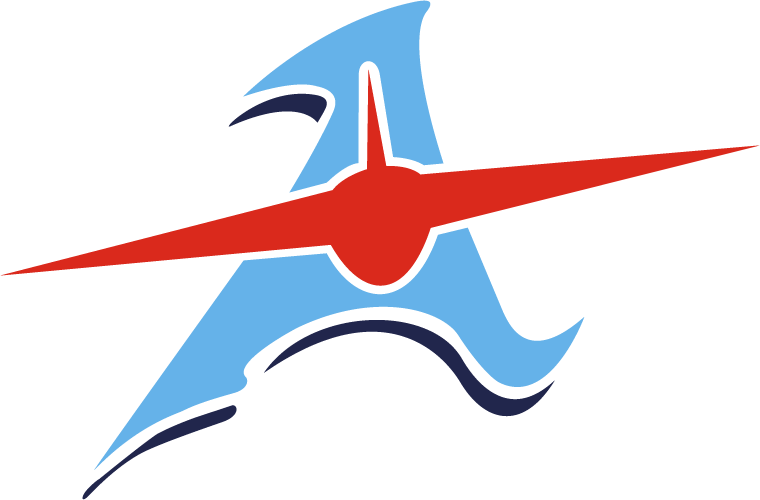Skip to content
Show submenu for About Us
About Us
Employment Opportunities
Show submenu for 2025-2026 School Year
Show submenu for Parents/Students
Parents/Students
Software Quick Links
Student Accident Insurance Program
Gifted Education
Library Resources
Say Something
Dress Code
Show submenu for Staff Quick Links
Show submenu for Departments
Departments
Food Services
Building & Grounds
Transportation
Human Resources
Career Center
Show submenu for
